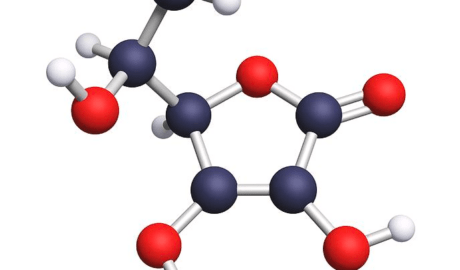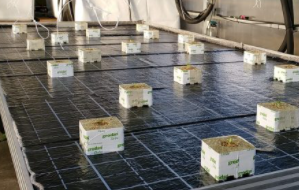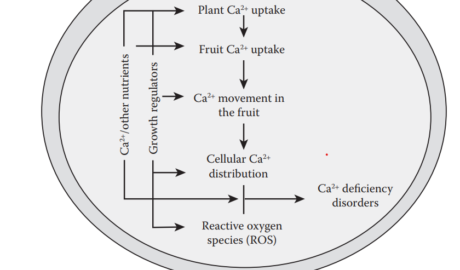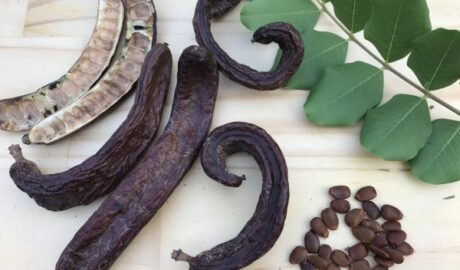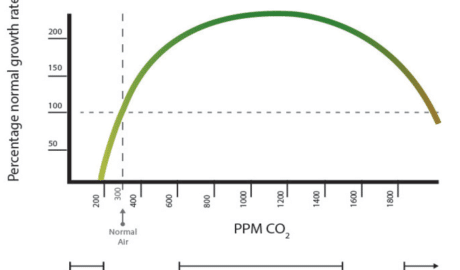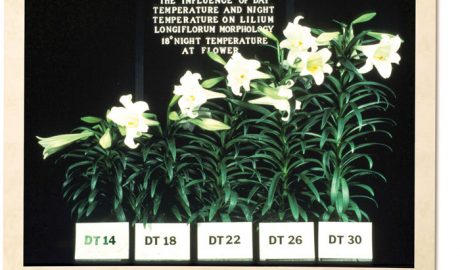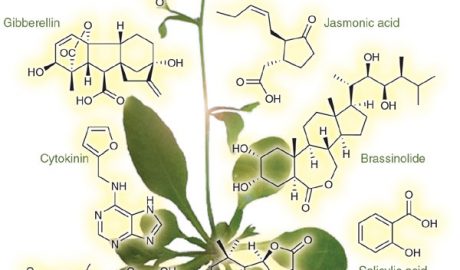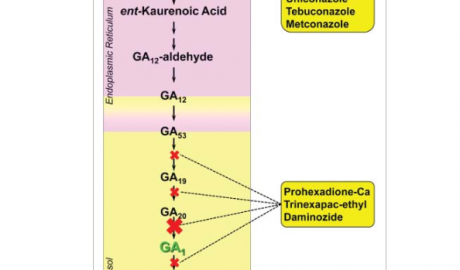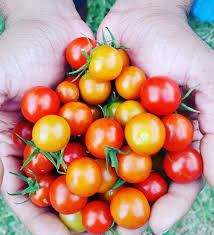Ascorbic Acid as a Biostimulant: Alleviating Stress to Improve Yield and Quality in Hydroponic Systems
The search for sustainable biostimulants to enhance crop productivity has led researchers to investigate ascorbic acid (vitamin C) as a promising alternative to synthetic growth regulators. This natural antioxidant compound…
Read MoreNever fail with ebb and flow hydroponic systems
Ebb and flow or “flood and drain” systems, are some of the most popular systems built in hydroponics. These are low cost, can host a large number of plants, and…
Read MoreUnderstanding Calcium deficiency issues in plants
Calcium is one of the most difficult elements to properly supply to plants as its absorption is tightly linked to both chemical and environmental factors. It is very easy for…
Read MoreOptimal air speed in a hydroponic crop
Wind speed is a particularly important, yet often overlooked variable in hydroponic crops. While growers in greenhouses will pay close attention to overall gas exchange characteristics (how much air exits…
Read MoreKeeping plants short: Natural gibberellin inhibitors
In this series of posts, we have discussed the different techniques and synthetic chemical substances that can be used to keep plants short. We discussed why keeping plants short is…
Read MorePractical aspects of carbon dioxide enrichment in hydroponics
Carbon is one of the most important nutrients a plant consumes as it the largest component of a plant’s dry weight. Plants get this carbon mostly from the atmosphere –…
Read MoreKeeping plants short: Using day/night temperature differences (DIF)
In this article series about “keeping plants short”, we have explored the reasons why short plants are desirable and how this can be achieved using gibberellin inhibitors. However this is…
Read MoreSix things you need to know before using plant hormones
Plant hormones are small molecules with no nutritional value that are used as chemical signaler within plants. A hormone will trigger a chemical signaling cascade that will cause the plant…
Read MoreKeeping plants short: Synthetic gibberellin inhibitors
Plants grow both vertically and horizontally. A plant will develop branches along its stem – expanding horizontally – and the stem will grow towards the sun, making the plant taller.…
Read MoreAverage yields per acre of hydroponic crops
I constantly talk about yield in hydroponics and how a variety of different techniques, additives and methodologies can be used to make plants more productive. However, what is the average…
Read More



